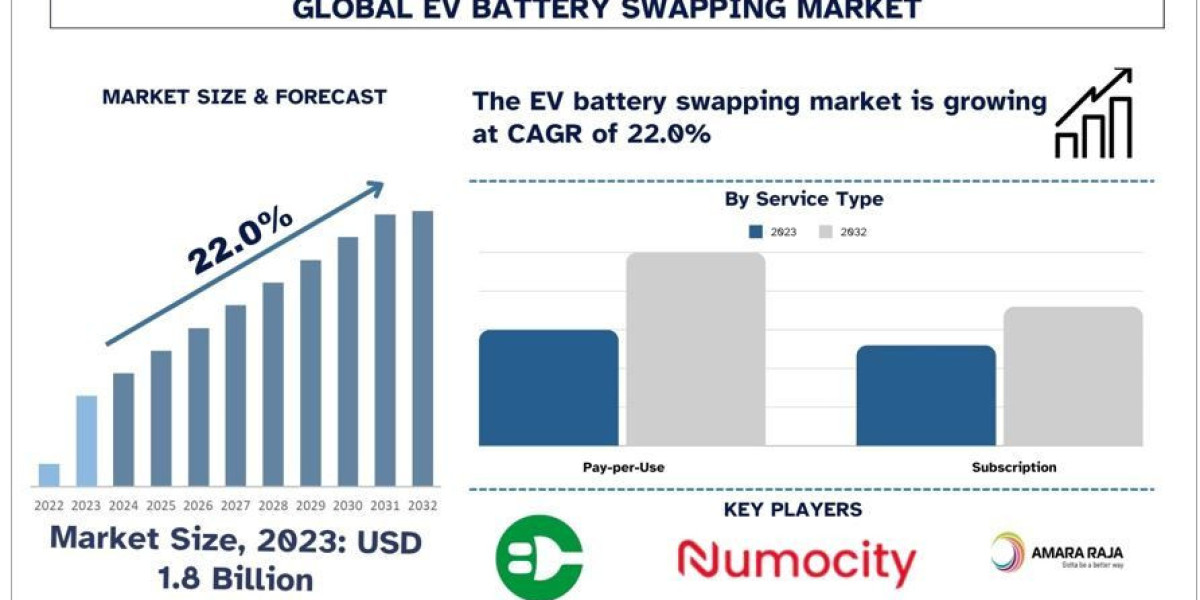Powering the Future: Growth in the Electric Vehicle Inverter Market
The electric vehicle inverter market is gaining remarkable momentum as electric vehicles (EVs) continue to revolutionize the automotive world. In its most basic form, an inverter in an EV converts the direct current (DC) stored in the battery into alternating current (AC) used to power the electric motor. As global governments tighten emissions standards, offer incentives for clean mobility, and consumers increasingly favour EVs, the demand for efficient, high-performance inverters is surging.
Several interconnected factors are fueling the expansion of the EV inverter market. First, the accelerating adoption of EVs — both passenger and commercial — is increasing the need for power-electronics components that can handle higher voltages, greater power density, and more demanding thermal environments. Secondly, supportive policies including tax credits, subsidies, and stricter vehicle emission targets are nudging OEMs to shift toward electrification, which in turn increases demand for inverters. Thirdly, advancements in semiconductor technology — particularly the shift toward silicon-carbide (SiC) and gallium-nitride (GaN) devices — are enabling smaller, lighter, and more efficient inverters, reducing system loss and improving vehicle range. Moreover, regional infrastructure build-out for EV charging and growing acceptance of EVs in emerging markets create further opportunity for inverter suppliers. As inverters become more cost-effective and available across more vehicle segments, what was once a premium feature is becoming standard in broader EV portfolios.
According to recent analysis, the EV inverter market was valued around USD 6.68 billion in 2024 and is projected to exceed USD 32 billion by 2035 — representing a compound annual growth rate (CAGR) of approximately 15.5 percent in the 2025-35 period. The Asia-Pacific region is expected to lead, capturing more than half the global share, driven by China, India, Japan and South Korea. Insulated Gate Bipolar Transistors (IGBTs) currently dominate the market, accounting for more than 90 percent of revenue in recent years. However, the rapid adoption of SiC and GaN technologies is gradually shifting the competitive dynamics. Another trend is the increasing crossover between EV inverters and grid/charging infrastructure. As bidirectional charging and vehicle-to-grid (V2G) capabilities emerge, inverters may serve double duty — supporting the vehicle as well as grid interactions. In the aftermarket, retrofit opportunities are growing as older vehicles are upgraded for electrification or new safety/efficiency standards. Challenges persist, however. The cost and availability of advanced semiconductors, supply-chain disruptions, thermal management in high-power vehicles, and the need to scale up manufacturing are all issues manufacturers and suppliers must navigate. In addition, the performance expectations of EV owners — particularly regarding range, charging time, and reliability — place heavy demands on inverter efficiency and durability.
Asia-Pacific remains the most competitive and fastest-growing region for EV inverters, thanks to its large auto markets, supportive governmental policies and strong base of electronics manufacturing. Europe and North America follow, with growth driven by legislative mandates and increasing EV model availability. In North America, for example, the market is forecast to grow at high single-digit to double-digit CAGRs over the next five years. The competitive landscape includes major automotive suppliers, power-electronics specialists and semiconductor manufacturers. Companies are partnering, acquiring, and investing heavily in R&D to introduce next-generation inverters that deliver higher power, lower losses, and compact packaging.
Looking ahead, several developments will shape the inverter market’s trajectory. The transition to higher-voltage systems (e.g., 800 V and above) will increase demand for inverters capable of handling more power and higher switching frequencies. Integration of inverters with motor and gear systems into compact “e-drive” modules will drive opportunities for system-level suppliers. Lifecycle and recyclability of inverters will become more important as circular economy goals take root in automotive manufacturing. Expansion of commercial EVs (buses, trucks, vans) will open new inverter segments requiring higher power ratings and rugged design. Manufacturers that can scale cost-effectively, integrate advanced materials, and meet stringent reliability demands will be best positioned to succeed. As EV adoption accelerates worldwide, the inverter — once a supporting component — becomes a key enabler of electrified mobility.
Frequently Asked Questions (FAQs)
1. What exactly is an EV inverter and why is it important?
An EV inverter converts the direct current (DC) stored in the vehicle’s battery into alternating current (AC) to drive the electric motor. Because it directly impacts how efficiently power is delivered, how much driving range the vehicle has, and how fast it can accelerate or handle loads, it’s a critical component in the EV powertrain.
2. Which technologies are emerging in the EV inverter market?
While Insulated Gate Bipolar Transistors (IGBTs) currently dominate the market, semiconductor technologies such as silicon carbide (SiC) and gallium nitride (GaN) are gaining traction. These allow for higher switching frequencies, better thermal performance and smaller size — enabling more compact and efficient inverters. Also, system integration (inverter + motor + gear) and higher-voltage architectures (e.g., 800 V) are major trends.
3. What are the main challenges facing the EV inverter market?
Key challenges include semiconductor supply constraints, managing heat and reliability under higher power levels, reducing cost while scaling production, and ensuring compatibility with charging infrastructure and vehicle systems. Also, as more vehicle segments adopt EVs, manufacturers must design inverters that balance cost, performance and durability across a wide range of applications (passenger cars, commercial vehicles, etc.).














